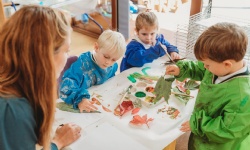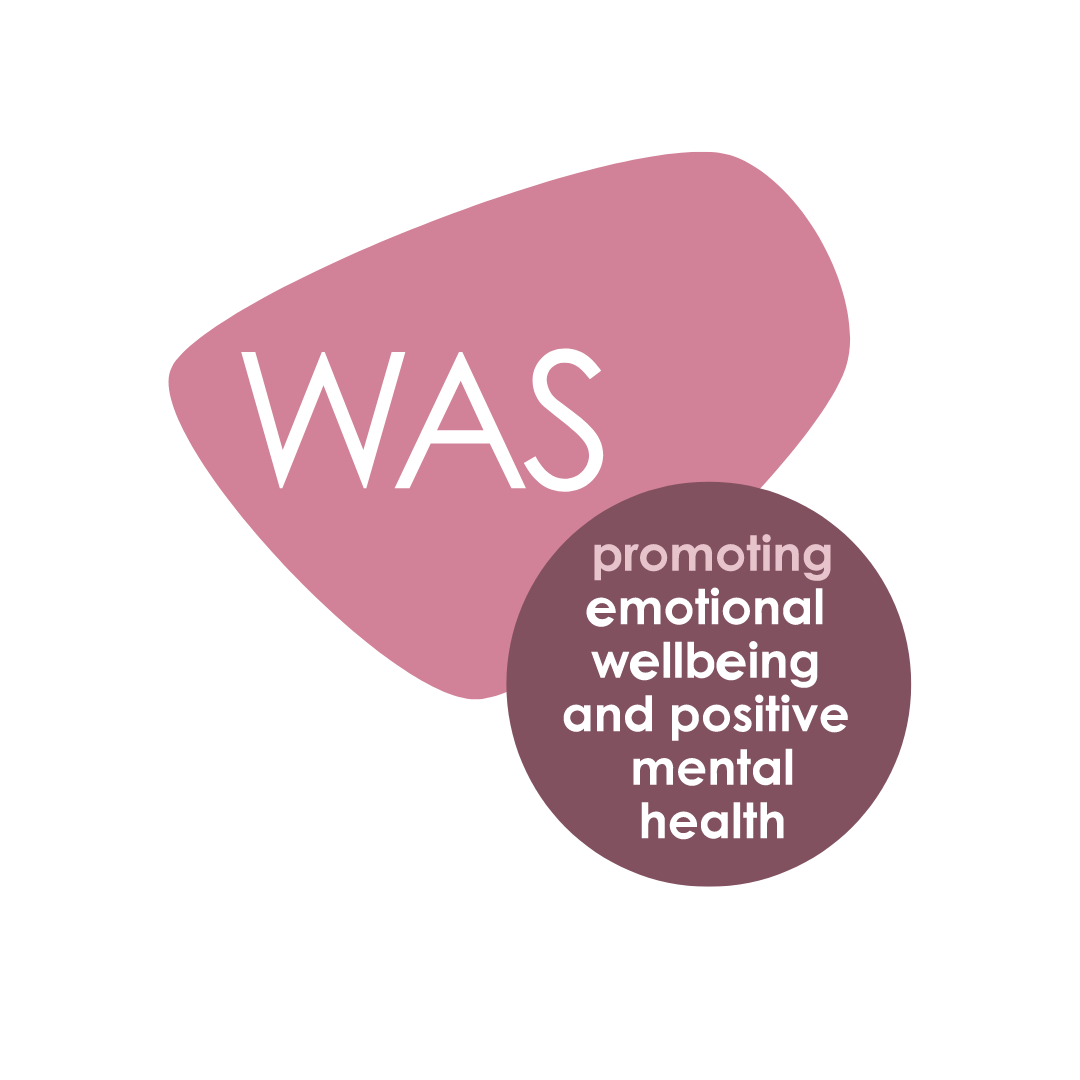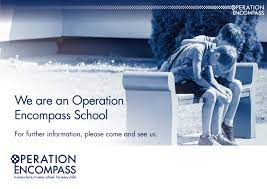Unlocking the Power of Art in Child Development

Art has always served as a powerful means of communication, especially for children who may find it challenging to express their experiences and feelings verbally. Through art, children can vent emotions, memories, and feelings that might be difficult to articulate otherwise. As children immerse themselves in the creative process, they not only communicate their feelings but also develop crucial cognitive and emotional skills that contribute to their overall well-being.
Engaging in art not only nurtures creativity but also cultivates invaluable skills in problem-solving, particularly around technical challenges and three-dimensional thinking. When young people tackle artistic projects - whether it involves sculpting, design, or mixed-media creations - they encounter technical obstacles that need to be overcome. This process encourages them to think of innovative approaches. Moreover, working in 3D motivates young people to visualise, manipulate, and understand spatial relationships - a skill that extends beyond the art room and into real world applications and challenges.
Art activities serve as a way for children to explore a diverse range of tools and materials, offering a hands-on introduction to art and creativity. From paintbrushes and scissors to clay and collage materials, each activity is an opportunity for discovery. Engaging with these tools not only sparks curiosity but also enhances language skills as children learn to express their preferences, make choices, and describe their artistic intentions. The process of selecting, handling, and manipulating various materials helps cultivate a richer vocabulary as children express their ideas and experiences through art.
Art also plays a key role in strengthening social and emotional development among individuals - and particularly in children. Taking part in art activities promotes a sense of community as children share materials, ideas, and collaborative spaces. Through the process of creating and sharing their artwork, young people learn to appreciate the creative works of their peers, cultivating empathy and understanding. Additionally, the act of presenting your own artistic creations, whether through a class exhibition or an end of year school exhibition, nurtures a sense of self-confidence and pride. Art offers a platform for self-expression, allowing children to communicate their emotions and experiences - further developing their emotional intelligence. By encouraging sharing, appreciation for others' work, and bolstering self-confidence, art becomes a powerful tool for healthy social interactions and emotional well-being.
Children discover quite quickly that art is a fantastic avenue for self-expression, providing them with a medium where there is no definitive right or wrong. The freedom allows a sense of individuality and celebrates the uniqueness of each child's perspective. In the sphere of art, there are no rigid rules or boundaries; rather, there is a space for exploration, and expression of thoughts, emotions, and experiences. Young people might use bold brushstrokes, intricate details, or abstract forms to express their innermost selves without the fear of judgment. Art empowers individuals to embrace their distinctiveness and identity, reinforcing the idea that every creation is a reflection of themselves as individuals.
Engaging in art activities also provides a meaningful boost to fine motor skills, a crucial aspect of physical development, especially in children. The intricate movements required during drawing, painting, cutting, and sculpting help refine and strengthen the small muscles in the hands and fingers. As young people manipulate brushes, pencils, or clay, they develop dexterity and hand-eye coordination. These improved fine motor skills not only enhance artistic abilities but also have broader educational implications. A child's ability to control a paintbrush with precision, for example, can positively impact handwriting skills, allowing for smoother and more controlled movements. Beyond the subject of art, these refined fine motor skills extend into other academic subjects, supporting tasks that require manual dexterity and coordination. Therefore, art becomes not only a creative outlet but also a valuable tool for developing the motor skills that contribute to overall academic success.
There is no doubt that art can be a fun and relaxing experience, however, the inclusion of art in the school curriculum is paramount, as it facilitates a more holistic education and the broad-ranging development of students. Art is not simply an extracurricular pursuit or a leisure activity, but an essential component of the academic timetable, contributing to a well-rounded educational experience. As well as nurturing creativity and self-expression, art contributes to critical thinking, problem-solving, and communication skills. By integrating art into the curriculum, schools recognise the intrinsic value of creativity in shaping well-rounded individuals, preparing students for a future that demands not only academic proficiency but also the ability to think innovatively and express themselves effectively.









